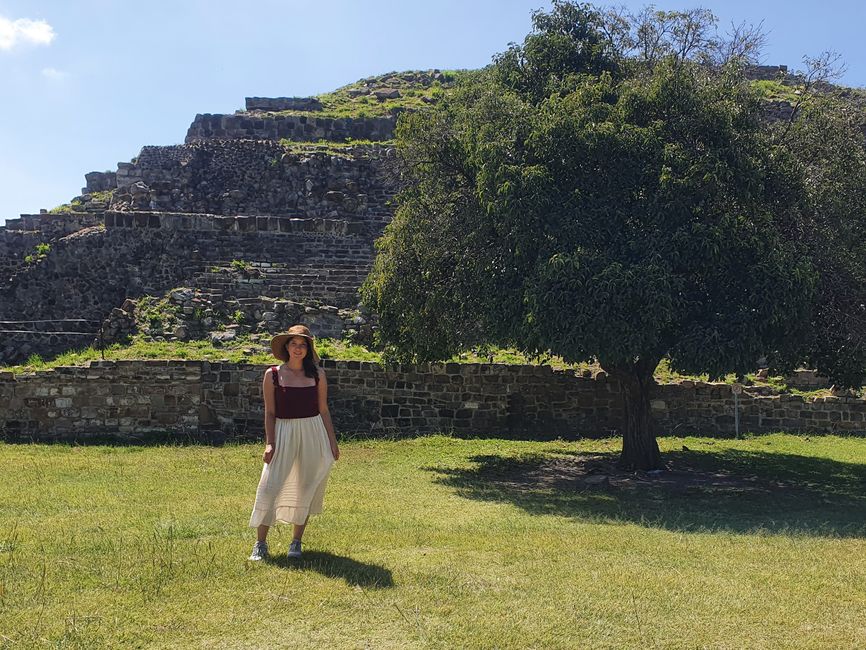
Green-White-Red
vakantio.de/discovering-sustainabilty-in-mexico
My first week @Casita de Barro
வெளியிடப்பட்டது: 10.09.2022
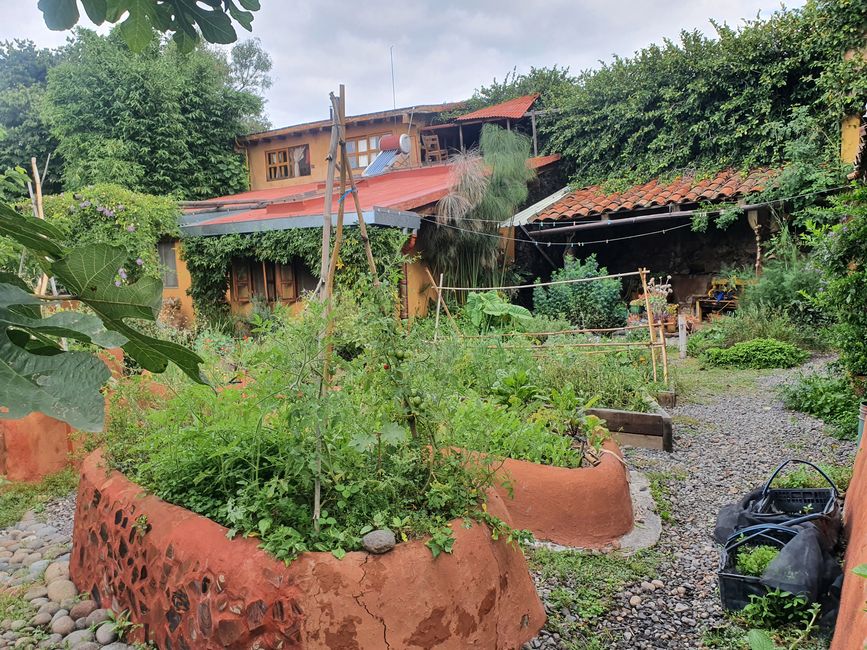
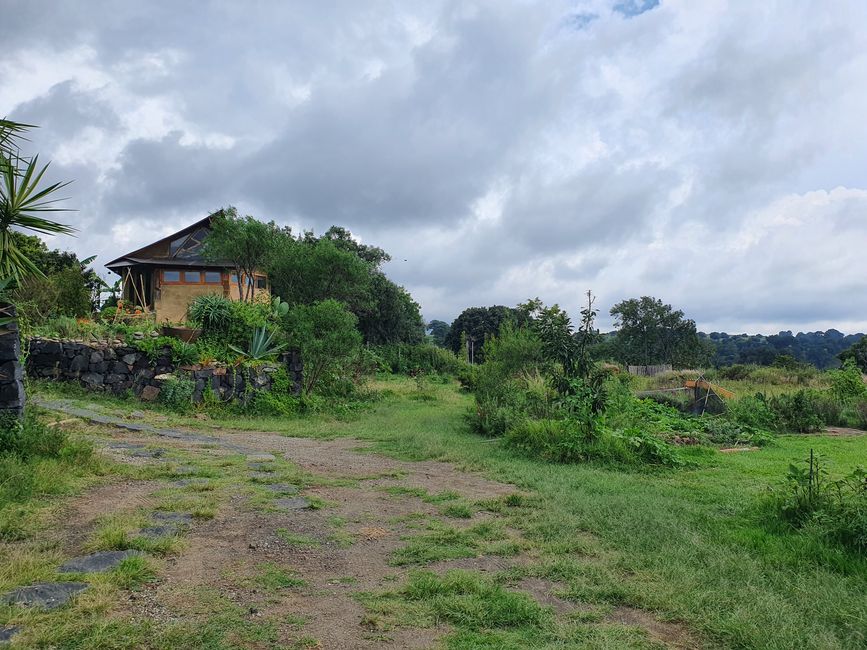
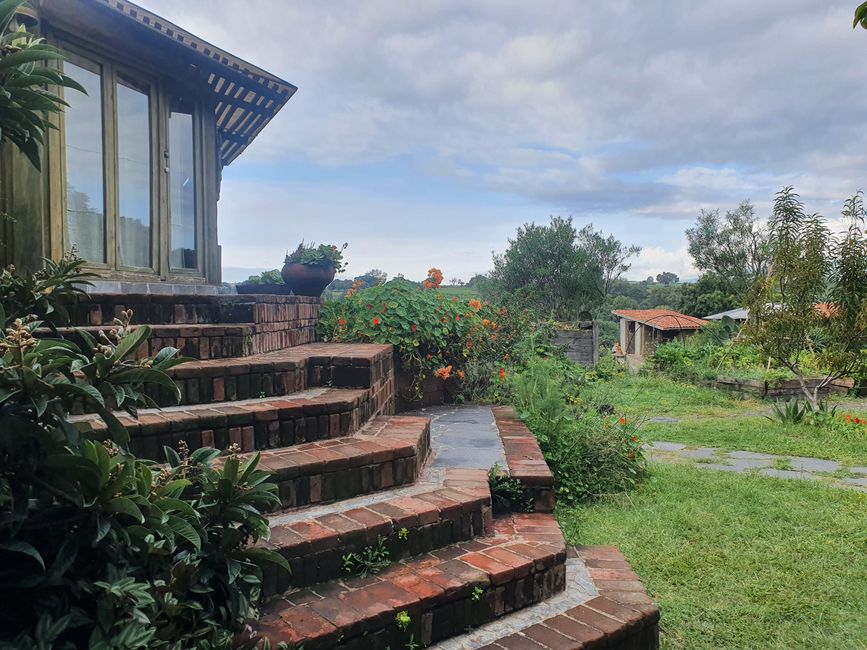
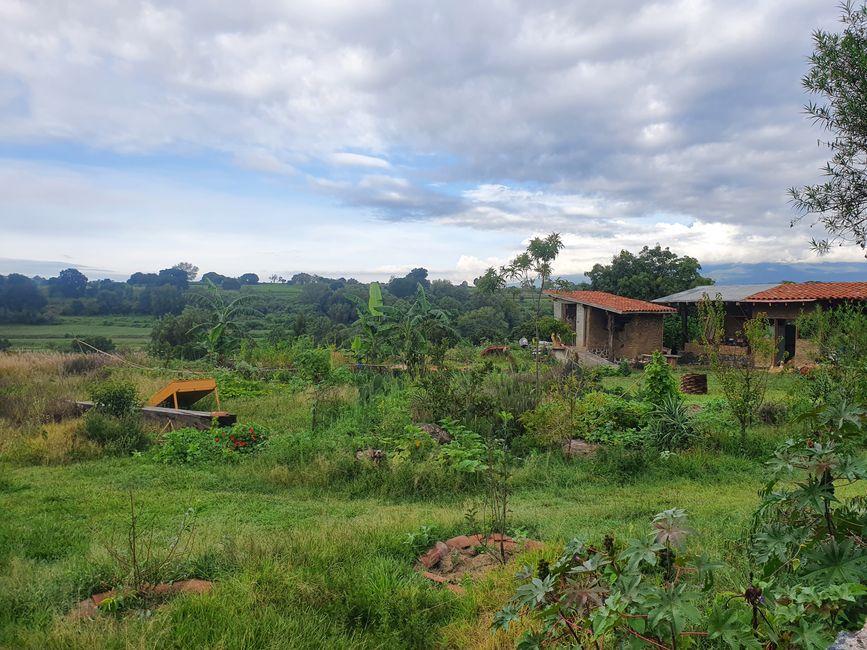
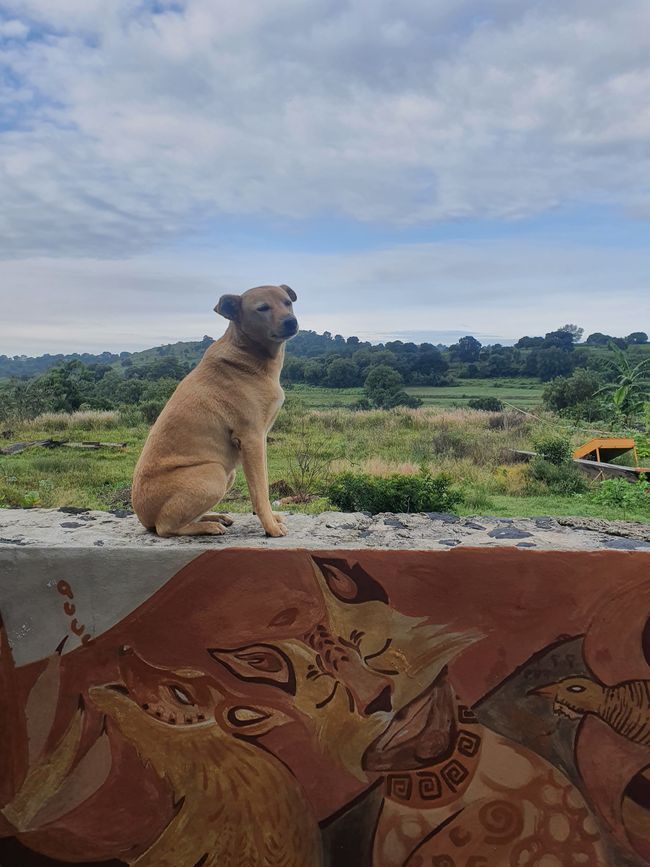
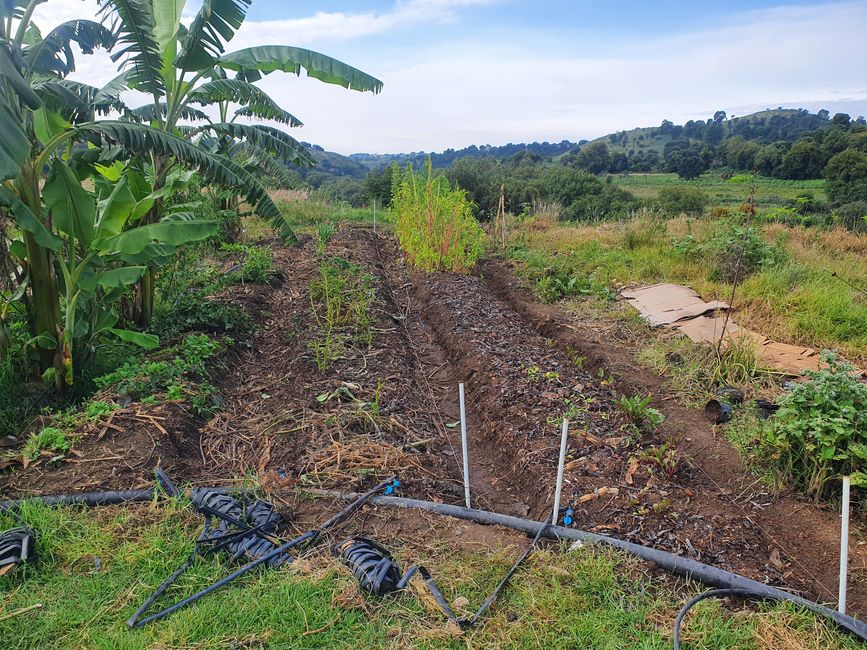
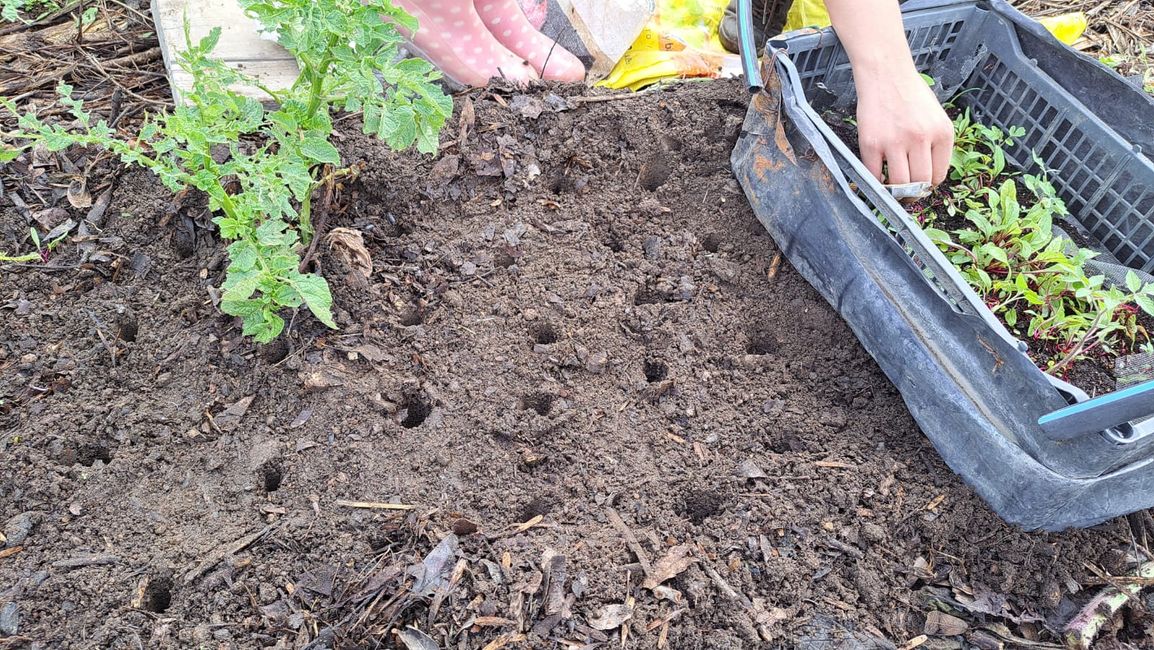
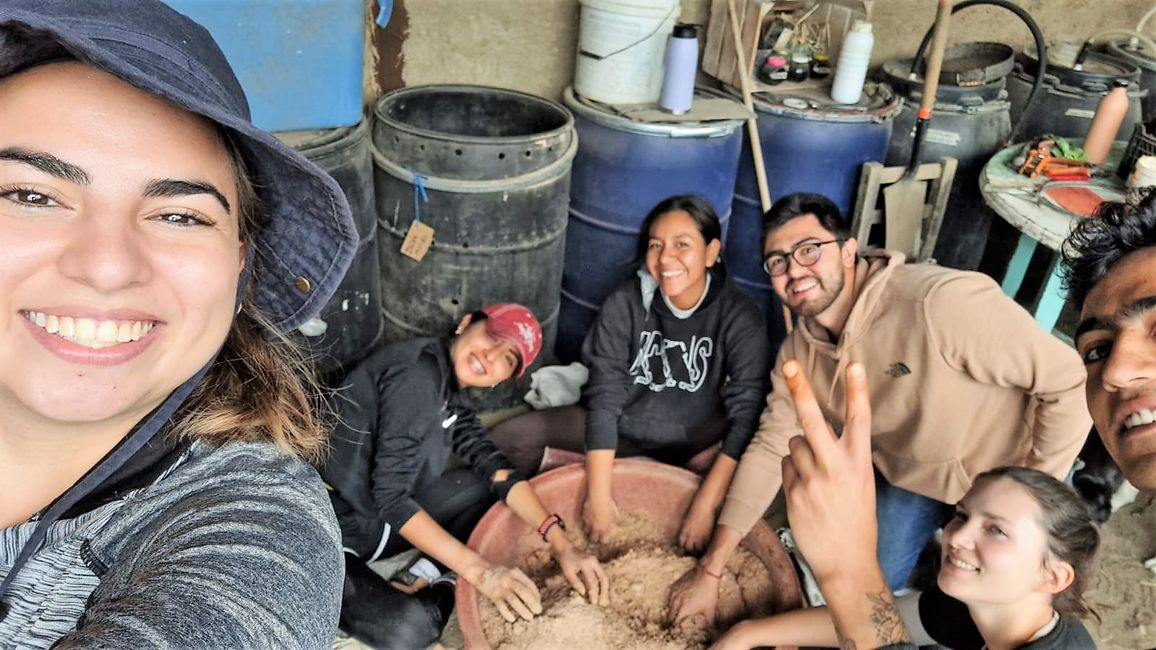
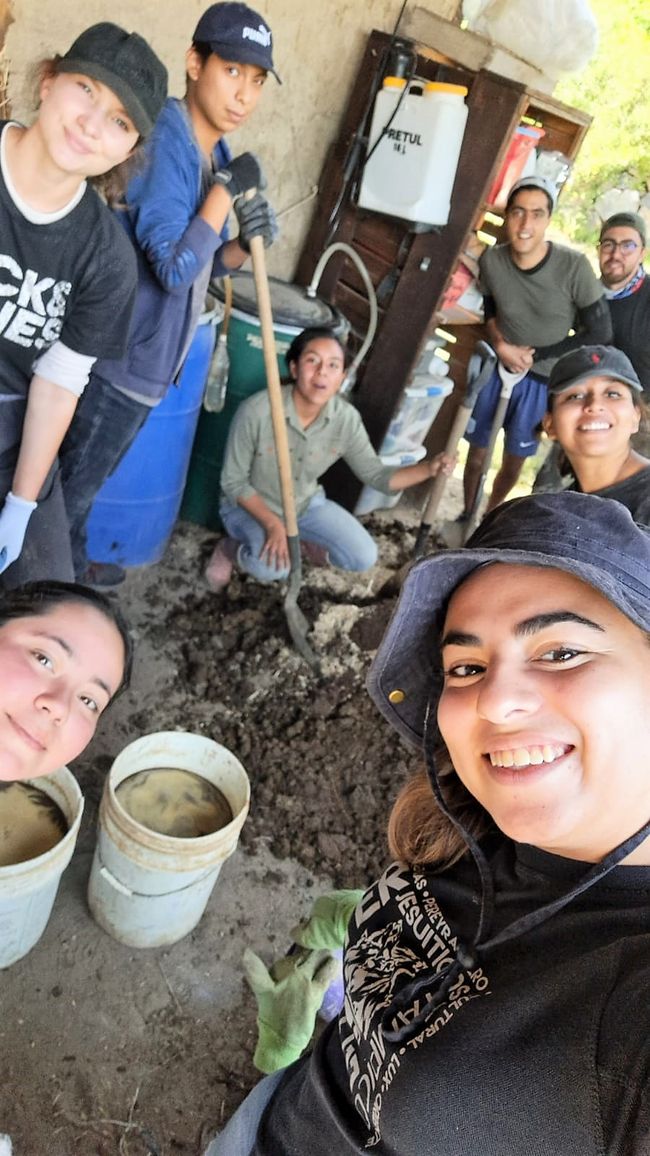
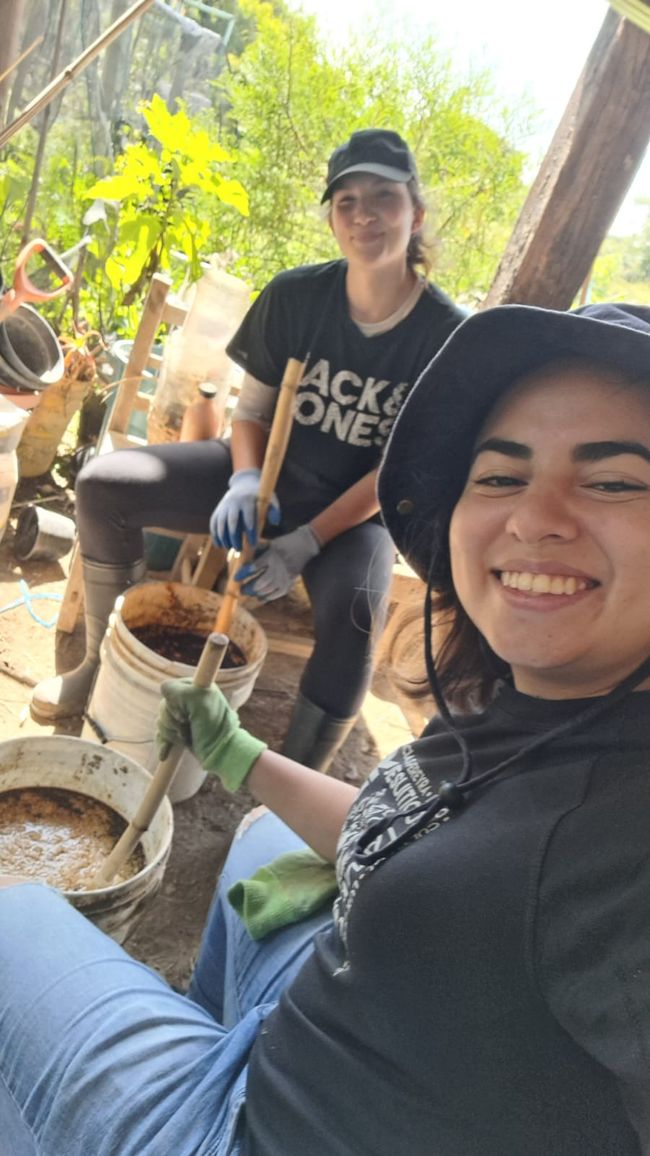
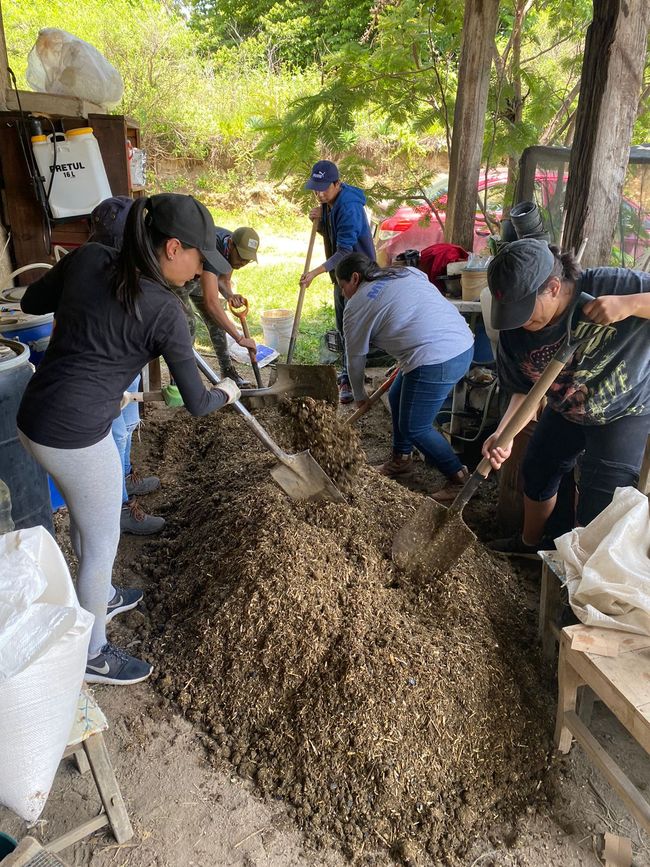
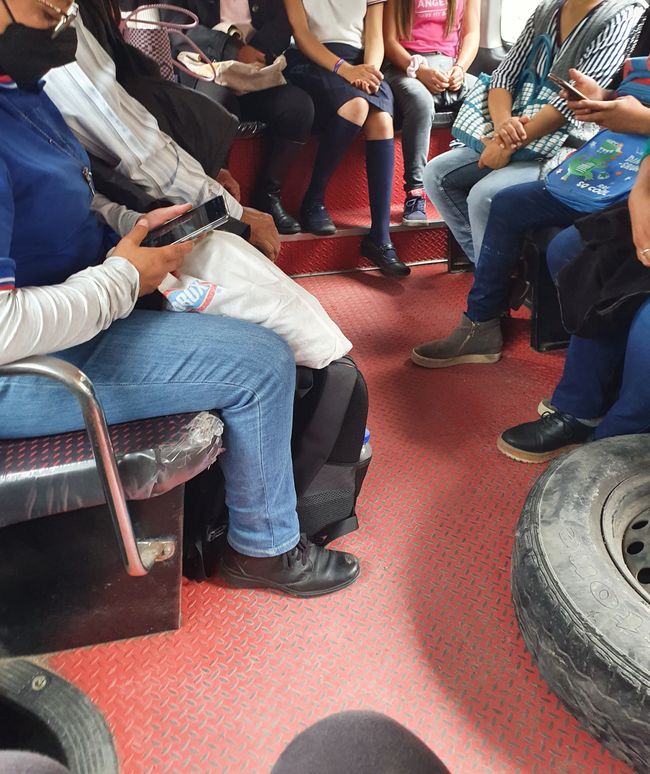
செய்திமடலுக்கு சந்தாதராகவும்
09.09.2022
After my first week in Mexico, on Monday I went to my workplace for the first time. Alejandro accompanied me on that day to show me how to get there using public transportation. That was a good thing because I probably wouldn't have found the bus stop and the right 'combi' (yes, a small white bus) on my own. Public transportation here in Mexico is not as organized as I'm used to in Germany. The buses don't arrive at fixed times at the stops, and if you want to get off a combi, for example, you simply say 'Bajan a la siguiente esquina por favor' (Get off at the next corner, please).

That's about my commute to work. On my first day, Manuel and Ina, the leaders and founders of the organization 'Casita de Barro', gave me a small tour of the grounds and an introduction to their work. Manuel is from Mexico and Ina is from Belgium. They moved to the village of San Jerónimo Tecuanipan in 2008, where their organization has developed over time.
Since Ina and Manuel can express their motives and goals for their work there much better in their own words, I have a few lines from their website for you:
'Our mission: Casita de Barro works with the people of Tecuanipan in order to create a community based on social justice. Together, we create ways of sustainable living. Moreover, we coordinate an afterschool program that involves the youngsters of Tecuanipan and offers them quality education. For us, it is very important that all of this is based on a relation of trust.
Our vision: We want to be a reference for the families of Tecuanipan who are searching for ways of sustainable living. Casita de Barro tries to be an inspiration for these families, and our experience with sustainable living and construction techniques invites people to apply and improve these techniques in their own manner.
In order to achieve all of this, we keep close partnerships with local organizations.' (https://www.casitadebarro.com/index_en.html)
The main goal of Ina and Manuel is to improve the quality of life for the residents of Tecuanipan, a village that is greatly affected by marginalization and migration. They aim to achieve this by serving as an inspiration for the residents to implement sustainable living practices and construction techniques. They also work closely with local farmers to empower them. An educational program for the village's school children is also an important part of their work.
There is a lot to explore and discover on the grounds of Casita de Barro. The house where Manuel and Ina live is made of clay and consists of only one room (but it has everything you need to live). In this video, they talk a bit about the construction of the house: https://www.youtube.com/watch?v=kMjm_AQ0bTQ&list=PLRfX0O2UhI_AjLHFIx_VdeoZxeZCfzjcv&index=8
Above the house, they have a storage room where they store homemade natural medicines and jams made from herbs, plants, and fruits from their own garden. There are four gardens on the grounds where they grow all sorts of things: potatoes, sweet potatoes, onions, tomatoes, beets, cacti, berries, and much more. All without artificial chemicals, but with natural aids and fertilizers. It's a great thing, but it's also a lot of work, as I've experienced this week.

Casita de Barro has various areas of activity, and agriculture, which I had the opportunity to learn about this week, is one of them. I have been working in the gardens of Casita de Barro for the past few days, along with students from Puebla who are completing their 'Social Service' as part of their studies. We have been weeding, preparing the beds, planting crops (beets and carrots), and especially preparing the soil so that the plants can grow on nutrient-rich soil and be well protected from fungi and germs. Yesterday, for example, we mixed microorganisms that naturally strengthen the plants during their growth, and today we had fun with cow manure, which we prepared with a lot of other 'ingredients' as organic fertilizer, called 'bokashi'. As I said, it's quite a lot of work and effort. But it's nice to know that the plants growing on these soils will contain a lot of valuable nutrients and no harmful chemicals. This creates a natural cycle that keeps the animals, the soil, and us humans who consume the plants healthy. In addition, biodiversity is promoted by this natural cycle. I could tell you much more about it, but that would exceed the scope a bit. However, I will certainly report on this part of the work at another time.

On my first day, Manuel and Ina discussed with me what my activities during my volunteer service will be. I get to have a glimpse and work in all areas (agriculture, bio-construction, production and marketing of products, reforestation of a forest, as well as a tourism and environmental education project for school children, which are currently being initiated). In addition, after my orientation, I am allowed to plan and implement my own project that aligns with my own interests, but of course also with the needs of the residents of Tecuanipan. I am as excited as you are to see what I will come up with and I am already looking forward to this experience.
I would love to tell you much more about the place and my experiences of the past few days, but I'm a little tired from the week and I'm going to sleep now (physical work outdoors is exhausting xD). Nevertheless, I hope you already got a little insight into my work there. In the next week, there will definitely be more photos and reports from Casita de Barro.
Until then, greetings from Mexico
Your Sandy
செய்திமடலுக்கு சந்தாதராகவும்
பதில்
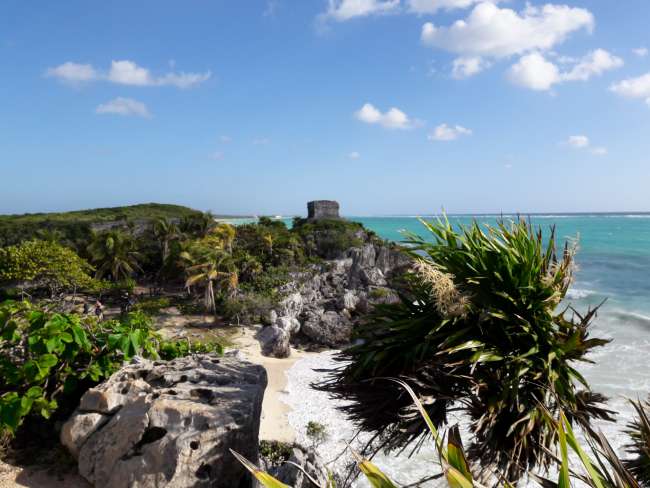
பயண அறிக்கைகள் மெக்சிகோ
